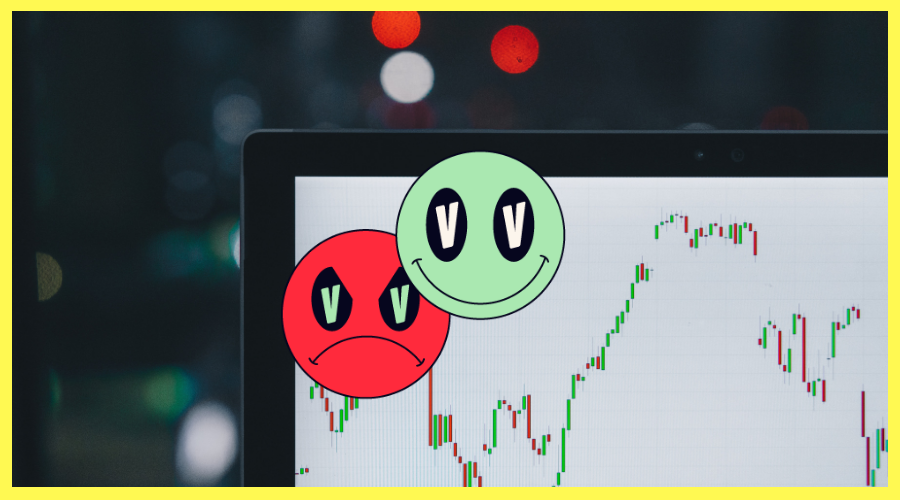The Case For Passive Investing
Active vs. passive investing, what are my options?
So you’ve sorted out the basics of your money plan, and the order in which to make your moves towards financial independence: first there’s that all-important emergency fund, then you have to pay off your expensive debts. The next phase is investing.
Investing in the stock market can often seem really daunting: it’s complex, it’s expensive, it’s risky, it’s not for me. So goes the thought process of many rookie investors. But the truth is, it looks much harder and weirder than it actually is. And for beginners, the best place to start might be passive investing: a way of playing the stock market that’s easier than active investing and crucially, can make you more money.
First let’s go over the differences between the two. Basically, active investing is where you constantly monitor which companies are going up and down, and you buy, sell, buy, sell like a madwoman with six phones, to try to keep on top of the market. Of course it’s not actually you yourself doing this, it’s an appointed investment manager who you pay to make the deals for you.
Passive investing, however, is where you invest your money across the top 100 companies, say, in the UK market, so your profits and losses reflect what that market as a whole is doing. This is the type of investing that Warren Buffett famously bet on and won, saying it would equal or outperform more risky strategies like hedge funds over the long term.
So passive investing could be easier and simpler – which is a good thing for sure, because you don’t want your first foray in to investing to give you a headache. But what else does it have going for it? Surely, we here you say, it’s those big, risky trades that really make it rain? Well, yes and no. You could win with active investing but could also lose trying to overperform the markets, whereas a passive, index linked fund will try to replicate the performance of the market. But there’s something else rather beautiful about the passive portfolio: it’s hella cheap!
Because of the specialist skills and labour involved in actively trading on the stock market, your fund manager will charge a lot to babysit your money. It’s usually in the region of 0.75%+ a year. But a passive fund could cost as little as 0.1% annually to run. And that really adds up over time, especially if you’re investing a sizeable amount, to the point that you could be making more money with the apparently less profitable, passive option.
Why isn’t everyone doing it, then?
Well, increasingly, they are. While in the past index linked funds made up only a tiny part of the stock market, they’re on the march. In 2016, US investors took nearly $300bn out of active funds and put 250 billion crisp new dollar bills in to passive ones.
So if you’re at the beginning of your investing career, it makes sense to put off active investing until you’re really familiar with the vicissitudes of the stock market, and how different kinds of fund (hedge? Ethical?) work. Do your research on the tracker funds also called ETFs and take the next step building up your first passive fund.
OK we don’t often say this about any aspect of life but maybe it’s time to just sit back, be passive, and (hopefully) watch your money grow! Because remember that when investing money, there is always some risk involved and that you may not recover all the money you invested...

